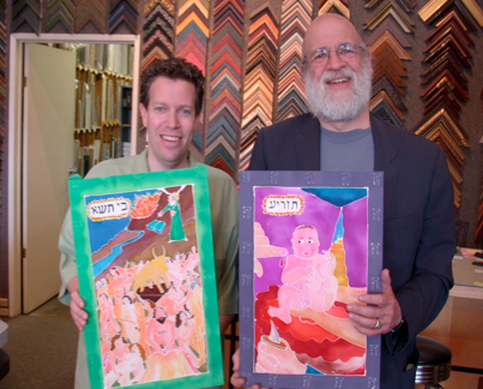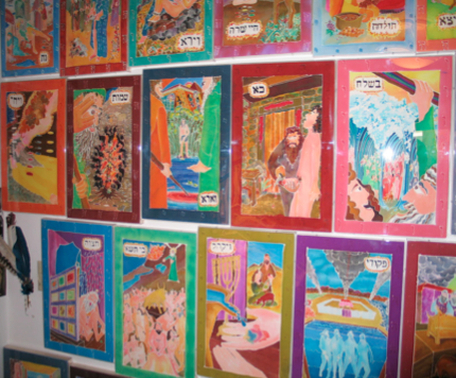THE SILK PAINTING PROCESS
The process of making these silks had many stages:
It started with an initial concept that was my response to the Torah and commentary. As I read through Torah over a year, I made a series of sketches:
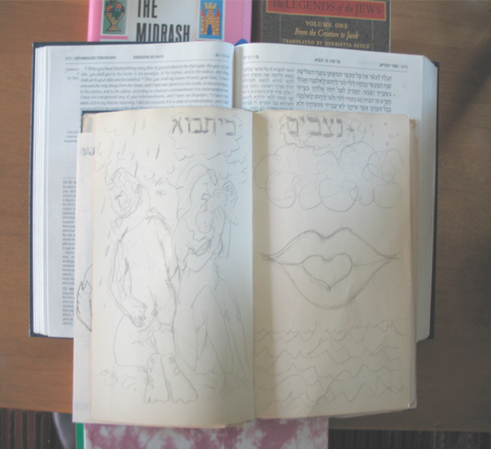
It started with an initial concept that was my response to the Torah and commentary. As I read through Torah over a year, I made a series of sketches:
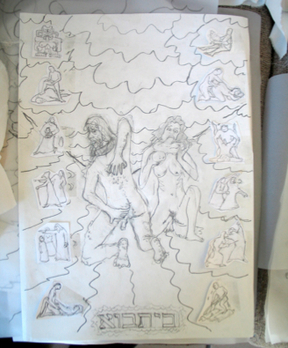
I then made a more detailed sketch working it over many times. Often the specifics of the drawing would be composed of a number of other drawings as is shown here.
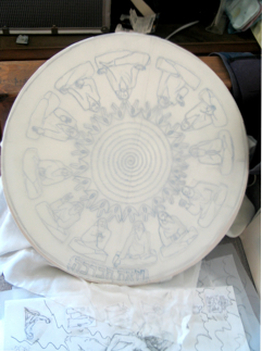
After this, the drawing was copied onto a silk that I stretched over a frame.
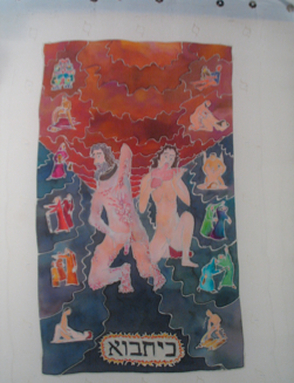
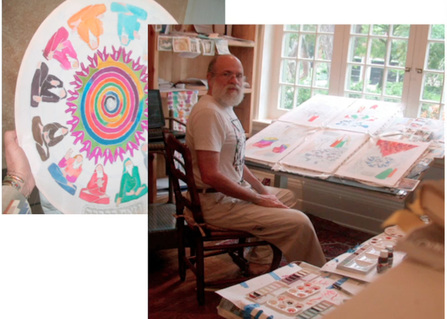
The next phase was the application of the paint/dye onto the silk.
Over five years, I worked in many places from my study/studio in Venice California, to Amsterdam, to Vancouver and Toronto Canada where I directed some films, to San Miquel de Allende and Oaxaca in Mexico.
The photo on the right was taken in Toronto. After the painting was completed, the silk was then steamed to fix the colors to it.
This process sometimes changed the image – moving the colors.
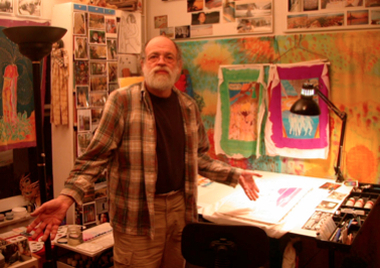
After the steaming, the silk was then rinsed to remove excess color. It was hung to dry.
Here in my studio, two pieces were hung after steaming, washing and drying.
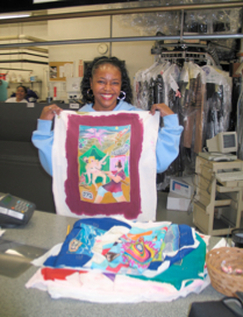
The next phase was dry cleaning, which removes the sticky gutta. I used this dry cleaning place over the five years, and the people there were often enthusiastic about seeing these works. A change from shirts and suits.
